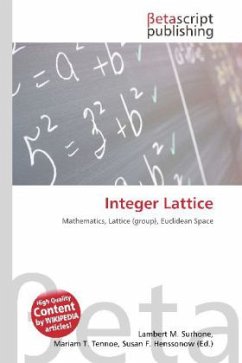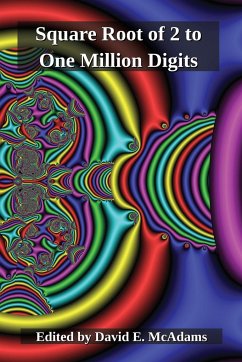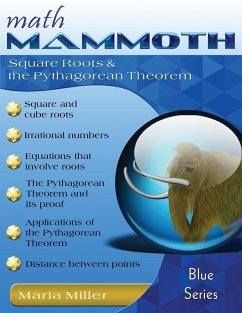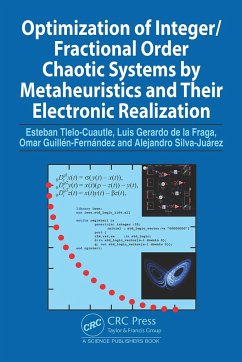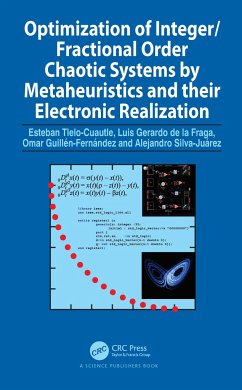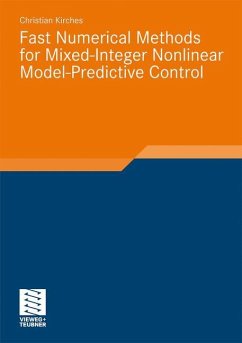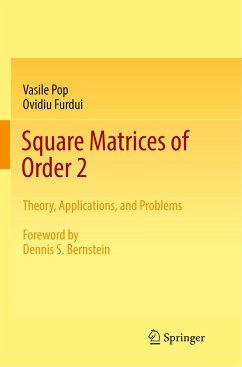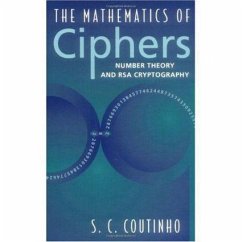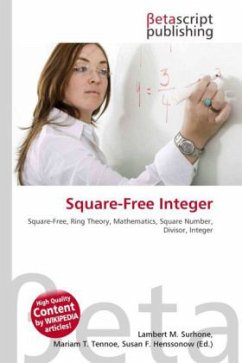
Square-Free Integer
Versandkostenfrei!
Versandfertig in 6-10 Tagen
23,99 €
inkl. MwSt.

PAYBACK Punkte
12 °P sammeln!
Please note that the content of this book primarily consists of articles available from Wikipedia or other free sources online. In mathematics, a square-free, or quadratfrei, integer is one divisible by no perfect square, except 1. For example, 10 is square-free but 18 is not, as it is divisible by 9 = 32. The smallest square-free numbers are: 1, 2, 3, 5, 6, 7, 10, 11, 13, 14, 15, 17, 19, 21, 22, 23, 26, 29, 30, 31, 33, 34, 35, 37, 38, 39, ... Ring theory generalizes the concept of being square-free. The positive integer n is square-free if and only if in the prime factorization of n, no prime...
Please note that the content of this book primarily consists of articles available from Wikipedia or other free sources online. In mathematics, a square-free, or quadratfrei, integer is one divisible by no perfect square, except 1. For example, 10 is square-free but 18 is not, as it is divisible by 9 = 32. The smallest square-free numbers are: 1, 2, 3, 5, 6, 7, 10, 11, 13, 14, 15, 17, 19, 21, 22, 23, 26, 29, 30, 31, 33, 34, 35, 37, 38, 39, ... Ring theory generalizes the concept of being square-free. The positive integer n is square-free if and only if in the prime factorization of n, no prime number occurs more than once. Another way of stating the same is that for every prime factor p of n, the prime p does not divide n / p. Yet another formulation: n is square-free if and only if in every factorization n=ab, the factors a and b are coprime. An immediate result of this definition is that all prime numbers are square-free.



